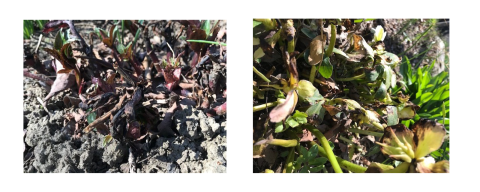By Bo Liu, Director of the UNH Plant Diagnostic Lab and State Extension Specialist, Plant Pathology, and Tyler Edwards, Plant Pathology Program Lab Manager of the UNH Plant Diagnostic Lab
Published September 2024
Black death of hellebore, a virus disease affecting hellebores in nursery and home gardens, was first observed in a plant nursery in Washington State in 2000. This disease was also reported in the United Kingdom, mainland Europe, New Zealand and Japan. In 2023, the disease was found in a nursery in Grafton County, New Hampshire.
Symptoms
Black death of hellebore causes stunting, distortion and black streaking and netting patterns on the leaves, black streaks on flower bracts, ring spots on petioles and bracts, brittle and stunted brown to black new growth, and blackened leaf veins (Fig. 1 and 2). Older plants are most likely to show symptoms, typically on newly emerging foliage and flowers.
Several other viruses can cause disease in hellebores, which include mosaic virus, Chrysanthemum virus B, Tomato spotted wilt virus and Cucumber mosaic virus, but none of them will show the symptoms of black death.
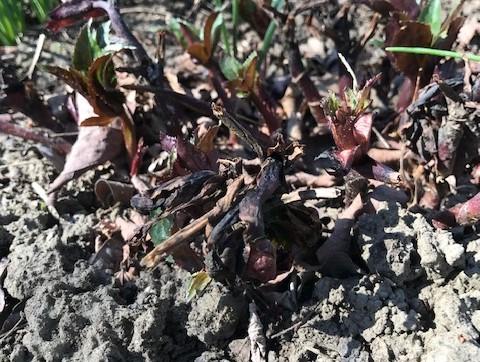
Fig. 1: Black death of hellebore
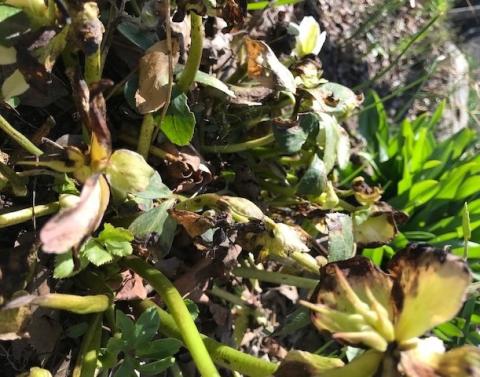
Fig. 2: Brittle and stunted brown to black new growth on hellebore plant
Causal agent
Black death of hellebore was caused by virus Helleborus net necrosis virus (HeNNV).
Life cycle
The virus is transmitted by the hellebore aphid, Macrosiphum hellebore, when they fly to healthy plants and begin to feed, then they infect the plant with virus. Plants may be infected with the virus for up to 18 months before showing the symptoms.
Management
There is no chemical to control virus infections. All infected plants should be dug up rapidly and destroyed. This will help to limit the spread of the virus to adjacent hellebore plants by aphids. Sanitize pruning shears and other tools after handling infected plants. Carefully inspecting plants before purchase is the best way to avoid this disease in the home landscape. HeNNV only infects hellebores, so you don’t need to worry about the spreading to other plants.
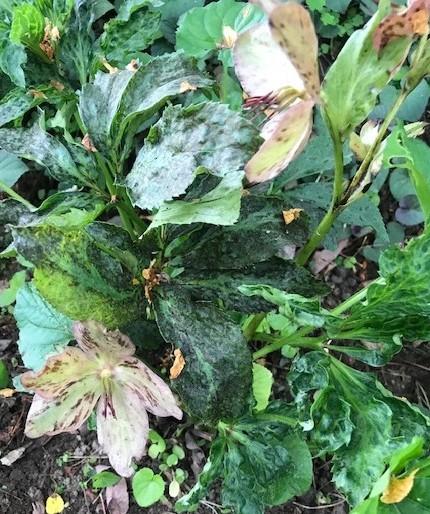
Fig. 3: Blackened spots and streaks on hellebore plant
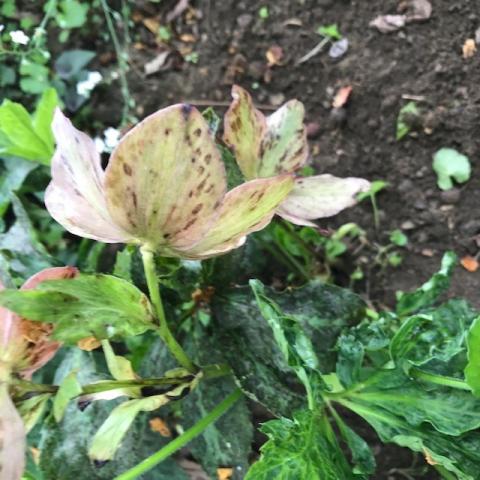
Fig. 4: Hellebore plants may be infected with the black death virus for up to 18 months before showing the symptoms.
Extension Services & Tools That Help NH Farmers Grow
Newsletters: Choose from our many newsletters for production agriculture
Receive Pest Text Alerts - Text UNHIPM to (866) 645-7010
